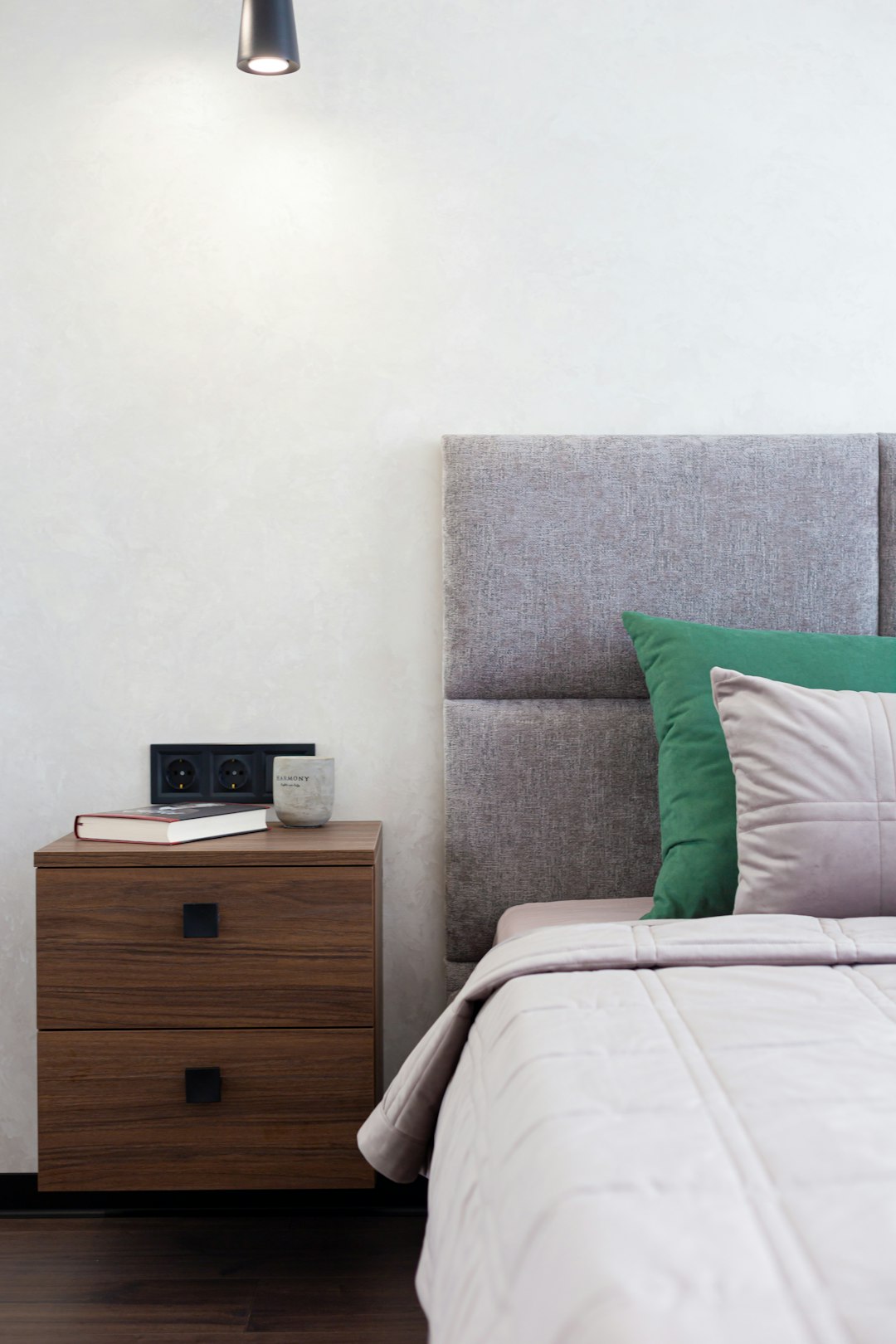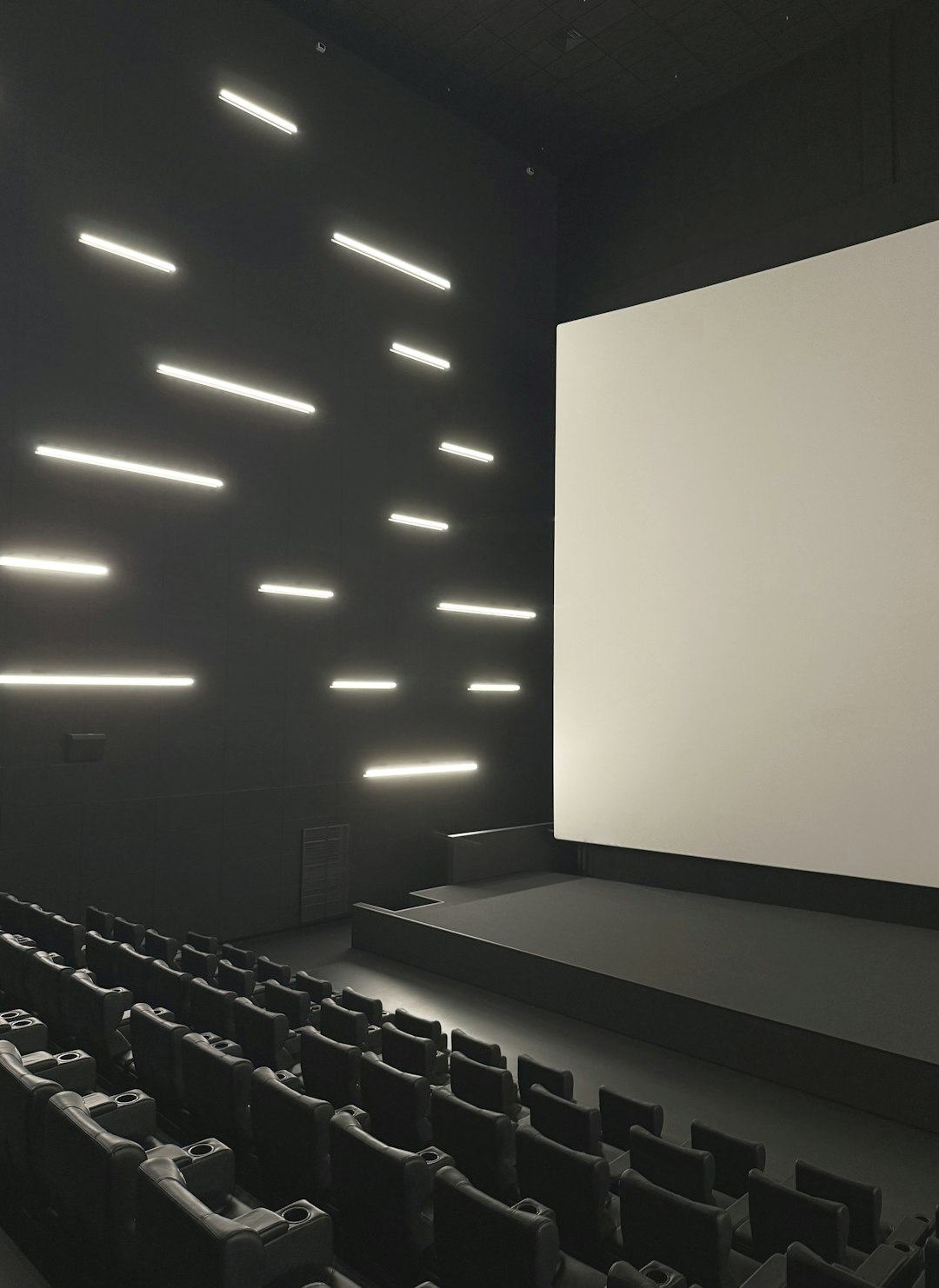Smart homes are no longer a thing of the future. You can now talk to your devices and watch your curtains close like magic. Two of the biggest players in this field are Alexa and HomeKit. But how do they compare when it comes to automations? Let’s dive in and find out!
So, What’s an Automation Anyway?
Before we compare, let’s break it down. An automation is when your smart devices work together—without you lifting a finger.
Think about this:
- Your lights turn on at sunset.
- The thermostat adjusts when you leave home.
- A camera starts recording when motion is detected.
Cool, right? Both Alexa and HomeKit can do these things. But how they do it, and how well, makes all the difference.
Getting Started: Device Compatibility
Let’s talk gadgets. Who works with whom?
- Alexa supports a huge range of devices. If it’s smart, it probably works with Alexa.
- HomeKit is pickier. Only devices certified by Apple will talk to HomeKit.
This means Alexa might give you more options. But HomeKit focuses on privacy and security. So it’s all about what matters more to you.

Creating Automations: Alexa Routines vs HomeKit Automations
This is where things get interesting. Alexa uses Routines. HomeKit uses Automations.
Alexa Routines
Routines are simple to build. You choose a trigger, then add actions.
Here’s an example:
- Trigger: You say, “Alexa, good morning.”
- Actions:
- Lights turn on.
- Weather report plays.
- News briefing starts.
Voila! You’ve made a morning routine!
Other types of triggers include:
- Schedule-based: At 7 AM every day.
- Sensor-based: Motion detected in the hallway.
- Location-based: When you arrive home.
HomeKit Automations
HomeKit is more about the devices. You set up automations inside the Apple Home app.
Example:
- Trigger: A door opens.
- Action: Lights in the hallway turn on.
It also supports:
- Time of day
- Location (arrive/leave home)
- Accessory control (like turning on a fan)
- Sensor activity
HomeKit also lets you set conditions. Like—only do this if it’s after sunset. Smart!
Fun Examples: Alexa vs HomeKit Showdown
1. Welcome Home
- Alexa: When your phone location enters a certain area, Alexa can turn on the lights, play your favorite music, and brew coffee.
- HomeKit: When your iPhone detects you’re home, lights turn on and the AC cools the living room. If it’s past 6 PM, it also dims the lights for a cozy feel.
2. Movie Night Mood
- Alexa: Say “Alexa, movie night” and she can dim the lights, turn on the TV, and close smart blinds.
- HomeKit: You tap a scene in the Home app. Lights dim, blinds close, and Apple TV launches with your favorite streaming app.

3. Rise and Shine
- Alexa: At 7:00 AM, lights slowly brighten, the coffee maker starts, and your Echo plays your daily briefing.
- HomeKit: At sunrise, bedroom lights get brighter, and the HomePod plays a relaxing morning playlist. If the temperature is low, the heater switches on too.
4. Security Mode
- Alexa: If the motion sensor sees something while you’re away, Alexa can turn on all lights, play a barking dog sound, and send you a notification.
- HomeKit: If a window sensor is triggered, it sends a notification, sounds the alarm, and starts a camera recording. You can automate this only if you’re not home.
HomeKit Advantages
- Tighter Privacy: Your data stays on your device.
- Local Processing: Automations don’t rely on servers or internet (great for reliability).
- Beautiful Interface: The Home app is clean and easy to use.
Alexa Advantages
- Wider Device Support: It works with more brands.
- Custom Voice Commands: Set up phrases that trigger different automations.
- Alexa Guard: Extra security features like listening for glass breaking.
One Cool Trick for Each
Alexa: Did you know you can trigger a routine with a sound? For real. You can say “meow” into the mic and—bam!—your cat’s fountain turns on. You can even use a smart button to trigger routines.
HomeKit: You can create automations that only happen when specific people arrive or leave. So the lights don’t turn on when your brother visits, but they do when you come home. Smooth.
What About Voice Assistants?
Both systems have their talking heads.
- Alexa: Lives in Echo speakers and Fire tablets. She’s chatty and helpful.
- HomeKit: Uses Siri. She lives in your iPhone, Apple Watch, HomePod, and more.
They both respond to your voice. But Alexa might “talk” back more. Siri keeps it short and classy.
Mix and Match?
Here’s a secret: You don’t have to pick just one anymore.
There’s a new standard in town called Matter. It allows devices to work with both Alexa and HomeKit. It’s still rolling out, but soon, your devices might speak all languages.
So one smart plug could live in multiple ecosystems. Yes, it’s as cool as it sounds.

Final Thoughts
So which is better—Alexa or HomeKit?
The answer: it depends on you!
- Want simple voice control and unlimited device options? Go with Alexa.
- Value privacy and own mostly Apple gear? HomeKit is for you.
Both can make your life easier, smarter, and way more fun. With just a little setup, you can surprise your guests, save power, sleep better, and even make your cat feel like royalty.
Smart homes are all about you. And now, you’ve got the tools—and the know-how—to decide which system runs your castle.
Welcome to the future. Now go automate something awesome!
